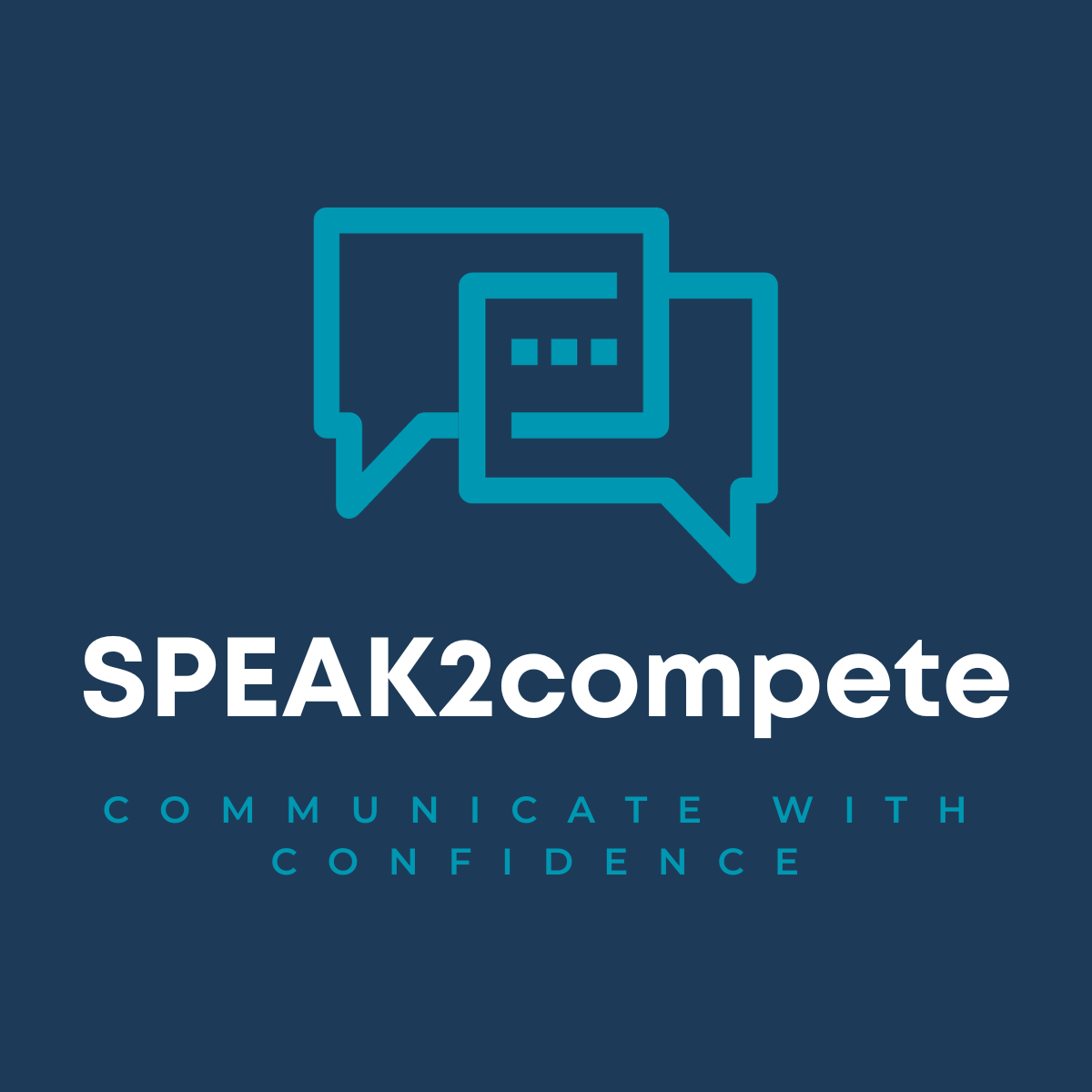Read Between the Lines: Uncovering the Hidden Messages
We often skim through texts and messages, but what if there's more to the words than meets the eye? "Reading Between the Lines" is a skill that can help you decode hidden messages, understand context, and improve your overall communication abilities. In this article, we'll explore this fascinating concept in detail, shedding light on how it can benefit personal and professional interactions.
Understanding the Concept of "Read Between the Lines"
"Read Between the Lines" refers to the ability to grasp the hidden meanings, emotions, or intentions that are not explicitly stated in written or spoken words. It involves analyzing context, tone, body language, and the surrounding circumstances to gain a deeper understanding of what someone is trying to convey.
The Art of Context
Context is key when deciphering hidden messages. A single sentence can have multiple interpretations based on the context in which it is presented. For example, the phrase "I'm fine" can carry very different meanings depending on whether it's said with a smile or a frown.
Non-Verbal Communication Cues
In many cases, what remains unspoken speaks volumes. Non-verbal cues such as facial expressions, gestures, and body language often reveal more about a person's feelings and thoughts than their words do. Learning to interpret these cues is a crucial aspect of "Reading Between the Lines."
Emotional Intelligence in Reading Between the Lines
Emotional intelligence plays a significant role in understanding the hidden emotions behind words. Being attuned to your own emotions and those of others can help you navigate conversations more effectively.
How to Improve Your "Reading Between the Lines" Skills
To become proficient at reading between the lines, you can practice active listening, ask clarifying questions, and pay close attention to the nuances in people's speech and behavior.
Applying "Read Between the Lines" in Everyday Life
The ability to interpret hidden messages can enhance personal relationships, help you avoid misunderstandings, and improve conflict resolution.
Enhancing Communication at Work
In a professional setting, "Read Between the Lines" can be a valuable asset. It can help you understand your colleagues' needs, negotiate more effectively, and provide better customer service.
The Impact of Technology on Interpretation
With the rise of digital communication, understanding hidden messages in text messages, emails, and social media posts has become increasingly important.
The Power of Empathy
Empathy, or the ability to put yourself in someone else's shoes, is closely linked to "Read Between the Lines." It allows you to connect more deeply with others and offer support when needed.
Misinterpretation and Its Consequences
Failing to read between the lines can lead to misunderstandings, conflicts, and damaged relationships. It's crucial to be aware of the potential consequences of misinterpretation.
Cultural Sensitivity and "ReadING Between the Lines"
Cultural differences can significantly impact how messages are conveyed and interpreted. Being culturally sensitive is essential when practicing this skill.
Strategies to Improve Context Understanding
Active Listening
Active listening involves giving full attention to the speaker, asking questions, and providing feedback. It helps you absorb information within the context of the conversation.
Ask Clarifying Questions
If something is unclear, don't hesitate to ask clarifying questions. This shows your commitment to understanding and encourages open communication.
Analyze Surroundings
When in a physical environment, take note of details that may provide context. These can include location, time of day, and the presence of other people.
Consider Non-Verbal Cues
Pay attention to non-verbal cues, such as body language and facial expressions. These can reveal emotions and intentions that words may not convey.
The Role of Empathy
Empathy involves putting yourself in someone else's shoes and understanding their perspective. It can significantly enhance your ability to grasp context by considering the emotions and experiences of others.
Enhancing Context Awareness in Written Content
Understanding context in written content can be challenging, but it's equally important. Here's how to do it:
Context Clues
Look for context clues within the text, such as references to previous information or background details.
Familiarity with the Subject
Being familiar with the subject matter can provide valuable context. Research and gain knowledge to improve comprehension.
Read Actively
Read actively by engaging with the text, asking questions, and making connections to previous knowledge.
Practice Makes Perfect
Improving your context-understanding skills takes practice. Regularly applying these strategies will lead to noticeable improvements over time.
Benefits of Improved Context Understanding
Enhanced context understanding offers several benefits, including:
More effective communication
Stronger relationships
Reduced misunderstandings
Increased empathy
Real-World Applications
You can apply context understanding in various aspects of your life, such as:
Workplace communication
Conflict resolution
Social interactions
Problem-solving
Mastering the Art of Interpretation
In conclusion, "Reading Between the Lines" is a valuable skill that can significantly enhance your communication abilities and lead to more fulfilling interactions. By understanding the hidden messages within words, you can connect with others on a deeper level and navigate personal and professional relationships more effectively.
